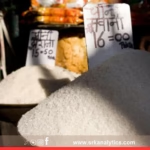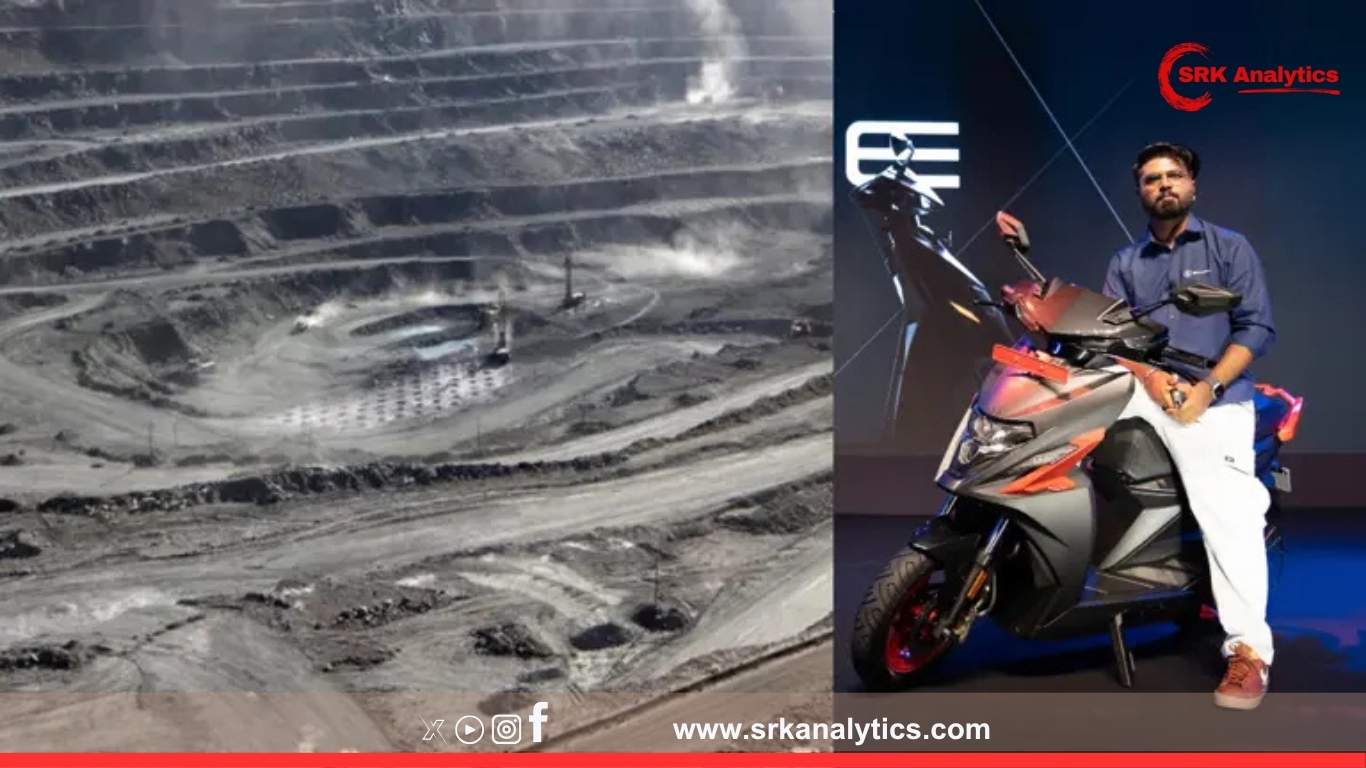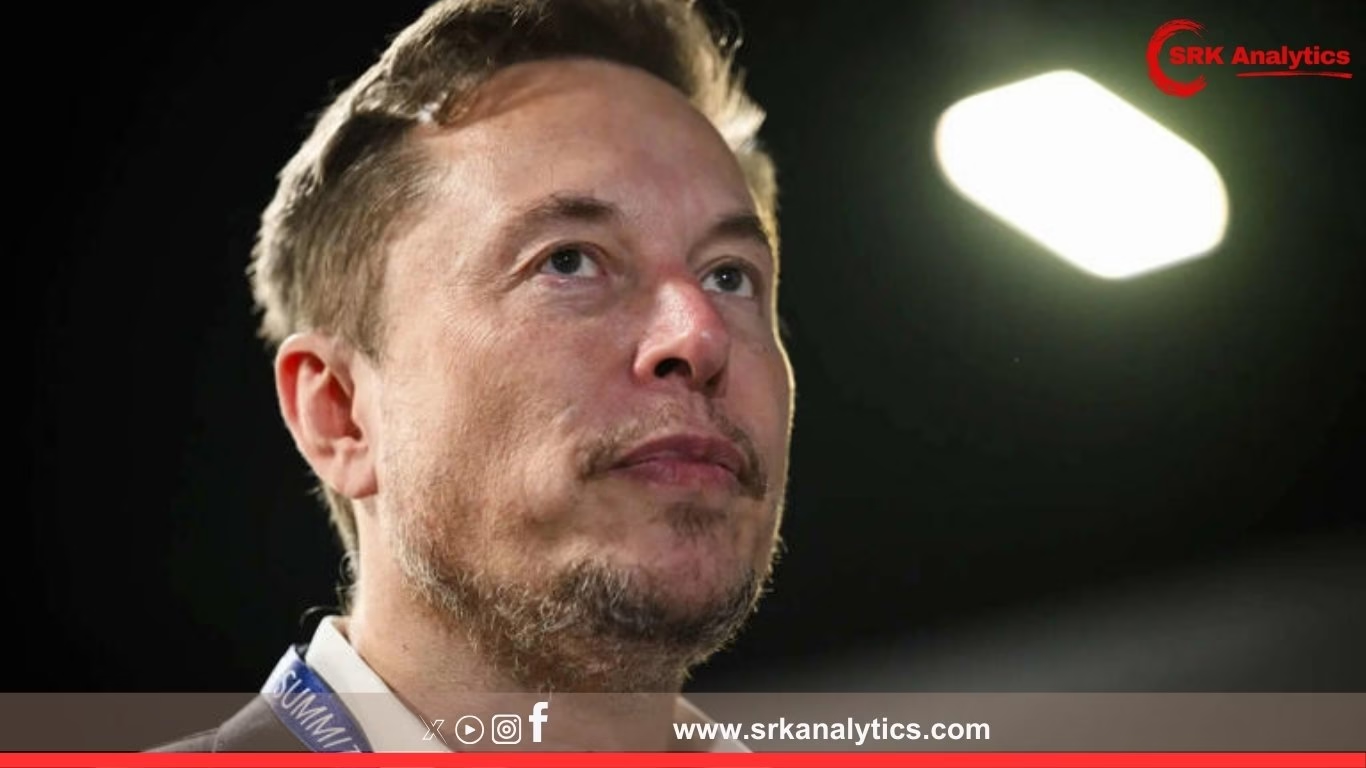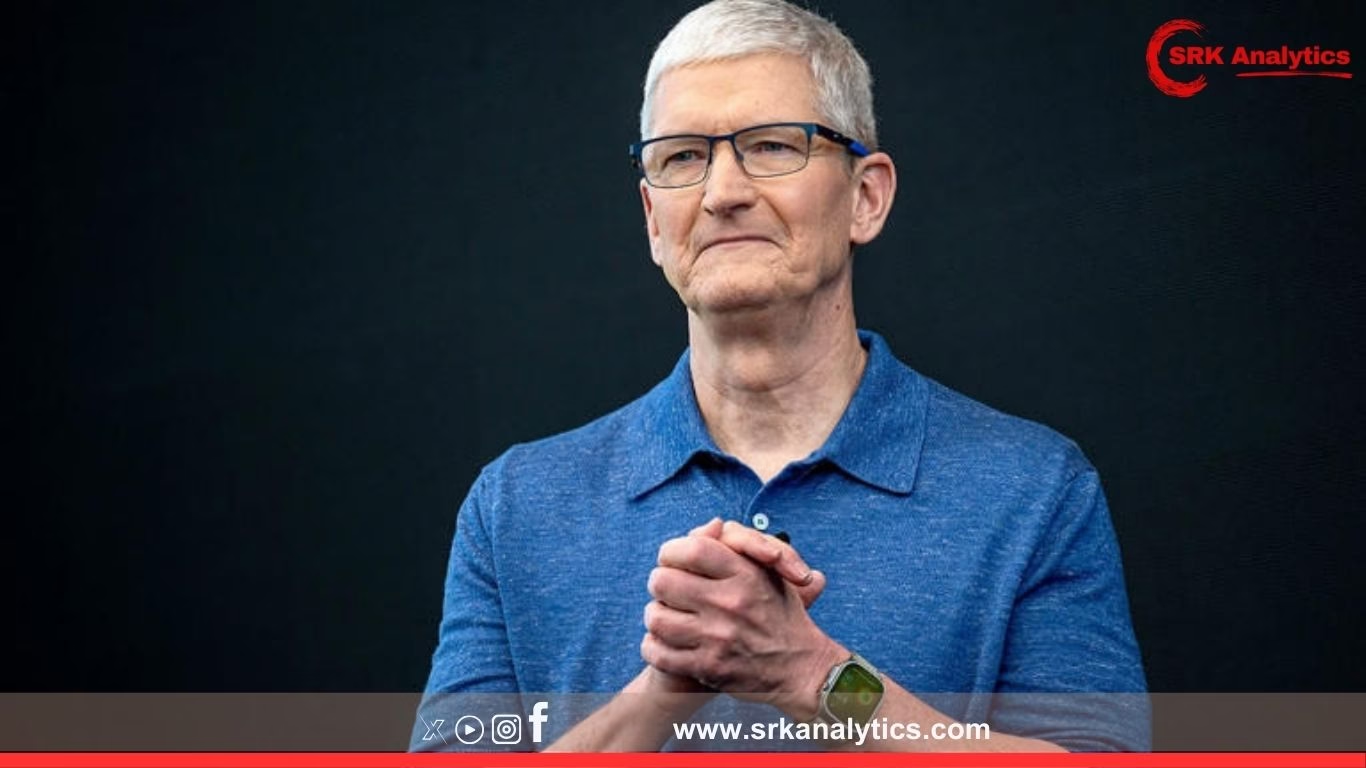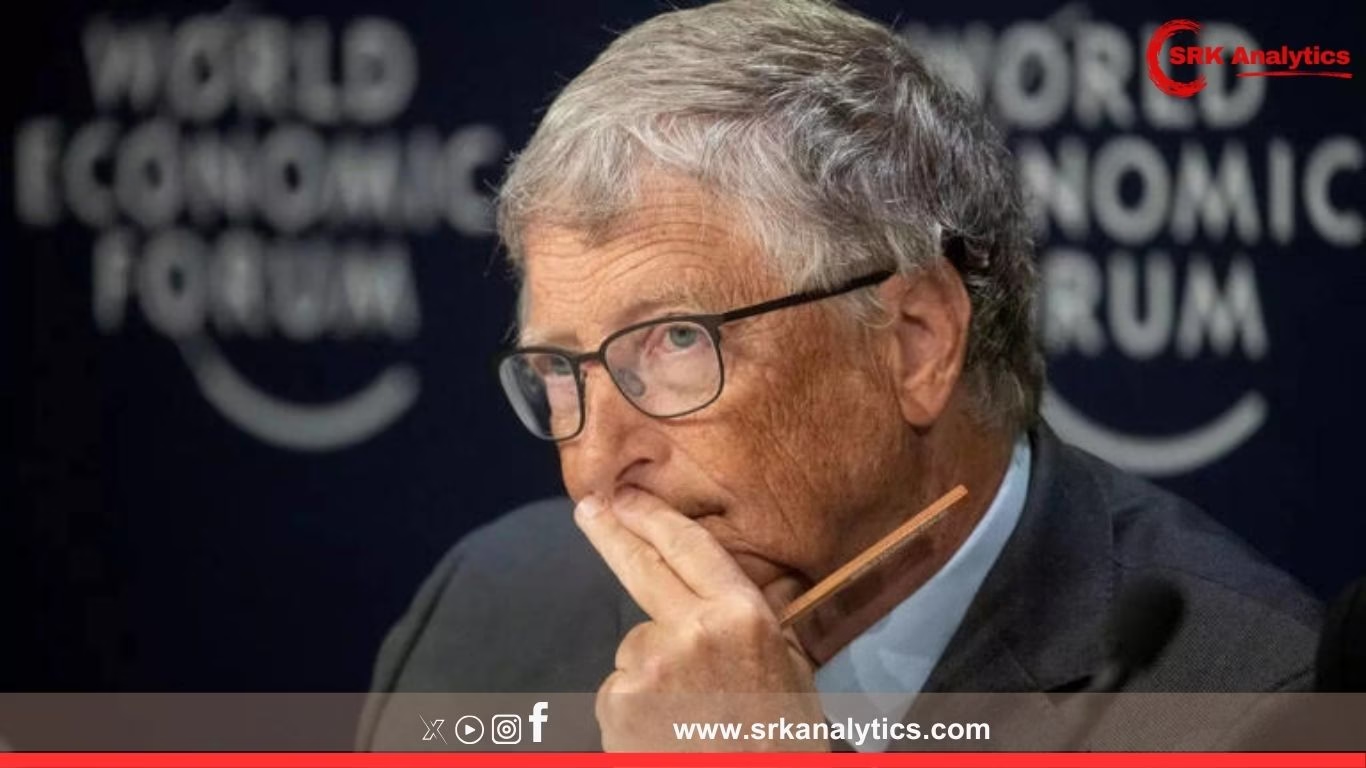As geopolitical risks intensify and rare earth supply chains tighten globally, India’s electric vehicle (EV) startup Simple Energy has announced its plans to reduce dependence on Chinese rare earth imports by exploring alternative supply sources and local substitution strategies. The move comes amid rising concerns in the Indian EV industry over critical mineral security for future growth.
Why rare earths matter for EVs
Rare earth elements such as neodymium, praseodymium, dysprosium, and terbium are crucial in manufacturing permanent magnets for motors, a core component in EVs, drones, wind turbines, and advanced electronics. Over 85% of global rare earth refining is controlled by China, giving it leverage in pricing and supply decisions.
What triggered Simple Energy’s decision?
According to industry insiders, recent Chinese export restrictions and price volatility in rare earths prompted Simple Energy to:
- Diversify sourcing channels for magnets and raw materials.
- Evaluate magnet-free motor technologies or alternative chemistries.
- Collaborate with Indian metallurgical research institutes for local rare earth extraction and processing feasibility studies.
Simple Energy’s plans to reduce dependency
Speaking to the media, Suhas Rajkumar, Founder & CEO of Simple Energy, said:
“Securing a stable supply of critical minerals is vital for the long-term competitiveness of our EV products. We are exploring multiple avenues to reduce Chinese dependency, including working with Japanese and Australian suppliers and supporting indigenous research initiatives.”
Steps under evaluation
| Initiative | Objective | Timeline |
|---|---|---|
| Alternative sourcing | Diversify supply away from China to Japan, Australia, Vietnam | 6-12 months |
| Motor redesign | Test ferrite-based or reluctance motors to minimise rare earth use | Ongoing R&D |
| Indian partnerships | Tie-ups with IREL, CSIR labs for local extraction pilot projects | Within 2 years |
| Recycling initiatives | Recover rare earths from end-of-life magnets and e-waste | Feasibility under study |
Global rare earth crunch and India’s exposure
Context:
- China controls 60% of global rare earth mining and over 85% of refining capacity.
- Export curbs imposed by China in mid-2024 on gallium and germanium, followed by dysprosium quotas, sent shockwaves across global EV and electronics supply chains.
- India imports nearly 100% of its processed rare earth magnets, primarily from China, for EVs, defence, wind turbines, and electronics.
Industry concerns
EV makers fear that sustained price hikes or supply restrictions could:
✅ Increase motor costs by 20-30%, raising final vehicle prices.
✅ Slow down India’s EV adoption targets under FAME and state EV policies.
✅ Impact localisation goals for advanced components under PLI schemes.
Government initiatives to counter dependence
India has begun strategic planning to build domestic rare earth supply chains, including:
- Revival of IREL projects: Indian Rare Earths Ltd has been tasked to evaluate commercial separation of rare earths from monazite sands along Tamil Nadu and Kerala coasts.
- PLI for magnet manufacturing: The government is considering extending Production Linked Incentive (PLI) schemes to magnet manufacturing to reduce import dependency.
- Quad and India-Australia MoUs: India is working with Australia under Quad critical minerals agreements to secure lithium, cobalt, and rare earth supplies.
Simple Energy’s focus on tech solutions
To shield itself from external risks, Simple Energy is accelerating:
- Motor innovation:
Researching axial flux motors with reduced rare earth usage and testing switched reluctance motors (SRM) that eliminate permanent magnets altogether. SRMs have historically faced noise and efficiency limitations, but advancements in power electronics are making them viable alternatives. - Battery diversification:
Exploring sodium-ion and LFP chemistries that avoid cobalt and nickel dependence, further reducing China-centric supply chain risks.
The broader EV sector impact
| Company | Rare Earth Dependency Strategy |
|---|---|
| Simple Energy | Diversify sourcing; motor redesign; local R&D |
| Ola Electric | Exploring local magnet manufacturing; invested in battery cell localisation |
| Ather Energy | R&D on alternative motor chemistries; focus on backward integration |
| Tata Motors EV | Long-term strategy to partner with Indian PSUs for critical minerals |
This table shows that while Indian EV makers remain reliant on imports, most are developing parallel localisation or diversification plans.
Expert views
Dr. M. Raghavan, metallurgical scientist and advisor to India’s Critical Mineral Mission, commented:
“India’s rare earth reserves are substantial but underutilised. Quick ramp-up of separation technology and processing infrastructure is critical. Companies like Simple Energy supporting local research will catalyse this transition.”
Global parallels
- Tesla: Testing rare earth-free permanent magnet motors for future models.
- Toyota: Developed magnet technologies with 50% less neodymium.
- Australia and US: Establishing non-Chinese rare earth supply chains under strategic critical mineral alliances.
Challenges ahead for India
Despite strong intent, developing indigenous rare earth processing faces:
✅ High capital expenditure requirements.
✅ Environmental concerns over radioactive waste management from monazite sands.
✅ Lack of large-scale refining expertise and supply chain networks.
Future outlook
Simple Energy aims to:
- Finalise alternative sourcing agreements by end of FY26.
- Complete pilot motor redesigns within two years, reducing rare earth usage by at least 30-40% in their premium scooter models.
- Work with government and industry consortia to build India’s rare earth refining capacity.
Conclusion
The rare earth crisis has exposed critical vulnerabilities in India’s EV ambitions. Simple Energy’s proactive strategy to diversify supply, invest in alternative technologies, and promote local R&D not only strengthens its competitive position but also supports India’s vision of supply chain self-reliance and energy security in the EV revolution.
Disclaimer: This news article is for informational purposes only. It does not constitute investment advice. Readers are advised to consult certified financial advisors and conduct their own due diligence before making investment decisions in related sectors.



